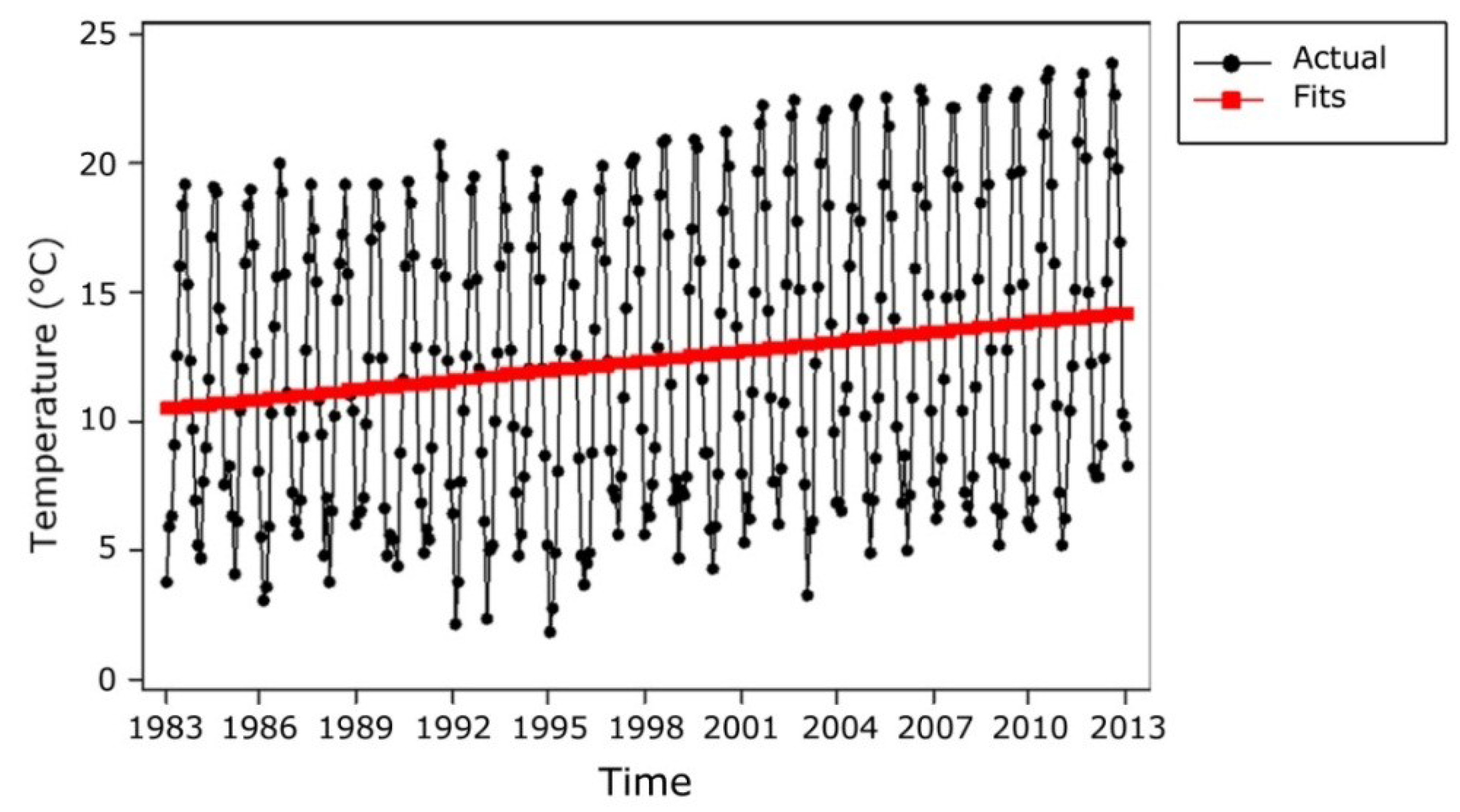

The wood and straw pellets had almost the same surface and volatile gas temperature but different compositions in the released volatile gases. The weight of the released PAH molecules shifted towards lighter with a reduction of gas environment temperature. PAH mainly released when the temperature of the pellet exceeded ~600 K with the highest concentration close to the surface and being consumed downstream. The volatile gas temperature was ~1100 K and ~1500 K 5 mm above the top of the pellets in a gas environment of ~1800 K with 0.5% and 4.5% oxygen, respectively. During the devolatilization stage, a relatively low surface temperature, ~700 K, was observed on the burning pellets.

PAH emission was monitored using two-dimensional laser-induced fluorescence. The surface temperature of burning biomass pellets was accurately measured, for the first time, using phosphor thermometry, and the volatile gas temperature was measured using two-line atomic fluorescence thermometry. The pellets were burned in a well-controlled combustion atmosphere provided by a laminar flame burner with temperature ranging from 1390 K to 1840 K, and oxygen concentration from zero to 4.5%. Two biomass fuels, wood and straw, were prepared in cylindrical pellets of ~300 mg.
#TEMPORAL TEMPERATURE CONVERSION DOWNLOAD#
We report accurate in-situ optical measurements of surface temperature, volatile gas temperature, and polycyclic aromatic hydrocarbon (PAH) emission over the whole burning history of individual biomass pellets in various combustion atmospheres. Download scientific diagram Temporal temperature profiles of the coating processes: (a) CT process (150 ☌, 160 ☌, 180 ☌, and 195 ☌) and (b) RT process symbols represent real-time. One study found that body temperature peaks at 9699.5F (35.637.5C) around the. The surface temperature of burning biomass pellets was accurately measured, for the first time, using phosphor thermometry, and the volatile gas temperature was measured using two-line atomic fluorescence thermometry. During pregnancy, a person’s basal metabolic rate (BMR) is higher. We report accurate in-situ optical measurements of surface temperature, volatile gas temperature, and polycyclic aromatic hydrocarbon (PAH) emission over the whole burning history of individual biomass pellets in various combustion atmospheres. In Proceedings of the Combustion Institute 38 (3). Weng, Wubin LU Feuk, Henrik LU Li, Shen LU Richter, Mattias LU Aldeń, Marcus LU and Li, Zhongshan LU Temporal temperature measurement on burning biomass pellets using phosphor thermometry and two-line atomic fluorescence


 0 kommentar(er)
0 kommentar(er)
